New York, Dec 14, (V7N) - Solar superflares are extremely powerful solar flares, releasing energy up to ten thousand times greater than typical solar flares. A new study of 56,000 stars similar to the Sun suggests that our Sun may produce these intense outbursts about once per century, shedding light on the potential risks of such rare events. If a superflare were to occur, it could severely disrupt communications satellites and the Earth's power grid.
Superflares are high-energy bursts that release massive amounts of energy, much more than the largest solar flares observed on the Sun. These events can cause significant disturbances to Earth's atmosphere, leading to communications blackouts and potentially damaging satellites.
The study, led by Valeriy Vasilyev from the Max Planck Institute, found that sun-like stars are more prone to superflares than previously thought. Prior studies had suggested that these events occurred only once every thousand or ten thousand years.
The consequences of a solar superflare could be severe. An intense flash of X-ray and ultraviolet radiation would disrupt satellite navigation and damage satellites by increasing drag in Earth's atmosphere, possibly causing them to fail. The 1859 Carrington event, one of the most powerful solar storms in history, caused widespread telegraph failures. If a similar event occurred today, it could cause even more significant damage to modern infrastructure, particularly satellites used for communication, GPS, and weather monitoring.
While the exact timing of a solar superflare is uncertain, the study serves as a reminder of the potential risks these extreme solar events pose to modern society.
END/SMA/NYC/AJ/



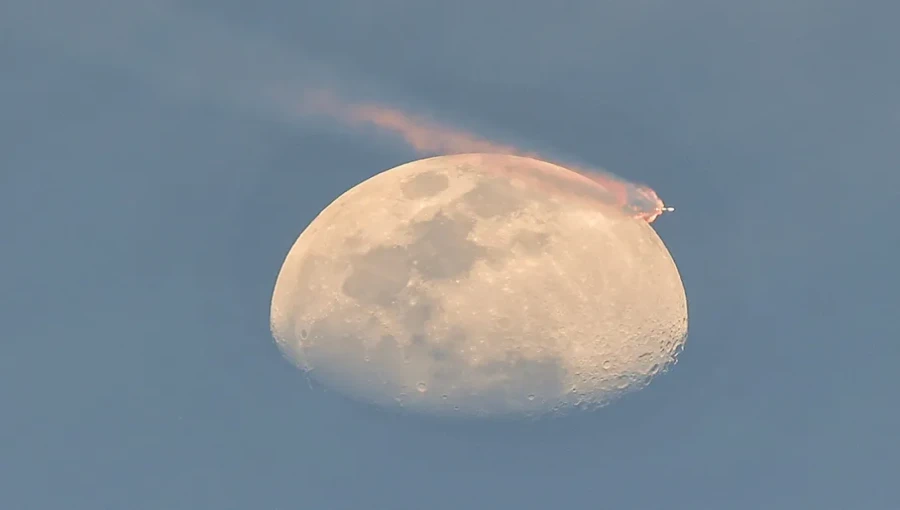
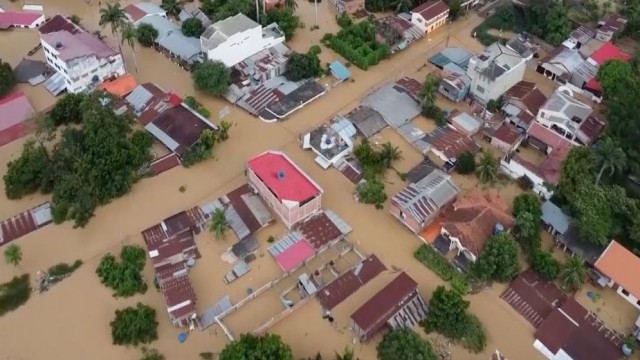
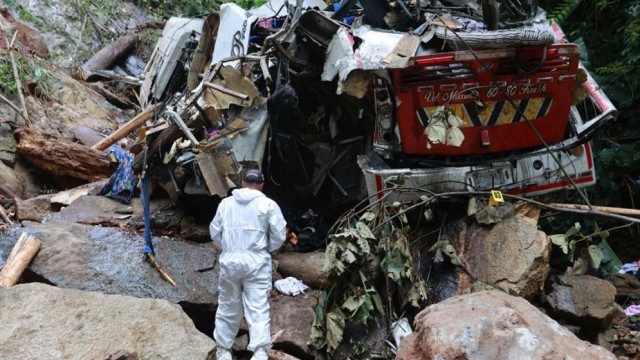


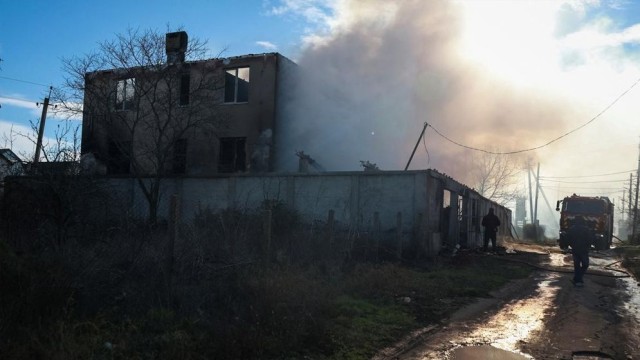












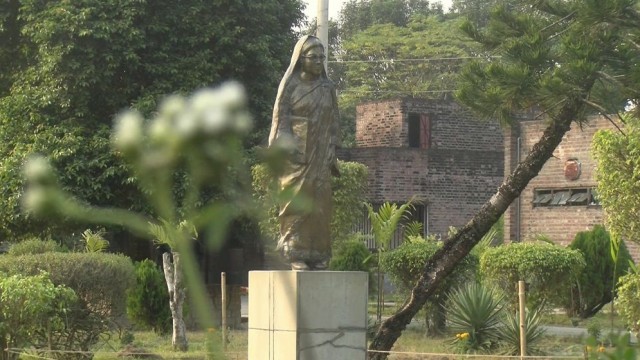









Comment: